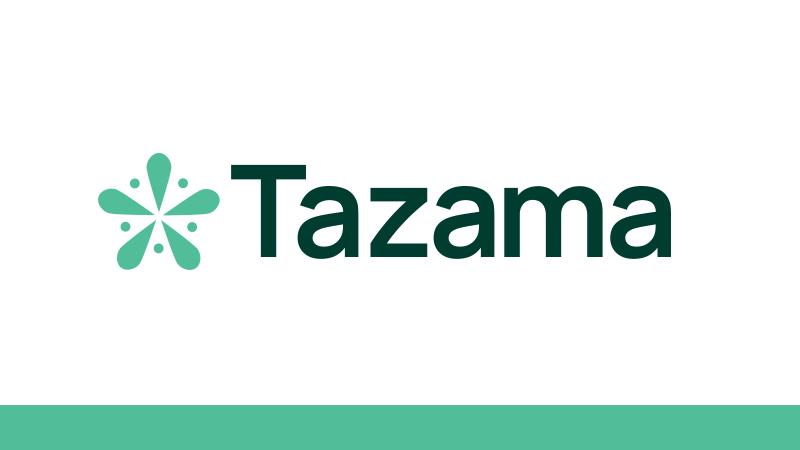3 Ways To Strengthen Relationships With Younger Bank and Credit Union Customers

The ongoing impact of the coronavirus pandemic has affected everything that was considered to be the norm in financial services. The situation has changed not only the way consumers handle their finances but also the way financial institutions reach them. With COVID-19, many in all generations have faced financial difficulties and health risks. However, younger generations just starting out and less financially stable, including Millennials and Gen Z, may be impacted more negatively financially. Most have only just started their careers and haven’t had enough time to accumulate much savings or establish a retirement plan. Those fortunate enough to have made their first big purchase, such as a house or car, may face the situation where they are not able to repay their loans or at least worry about the ability to pay. Considering this unprecedented situation, banks and credit unions have a unique opportunity to separate themselves from the competition by reaching out to this demographic and officering innovative solutions and financial support.
- Switch to a Solution-Based Approach
During times of uncertainty, everyone is looking for solutions to emerging problems. However, what most younger consumers see in their emails and on social media is hundreds of similar COVID-19 messages that may not offer any real assistance. The first thing banks and credit unions need to do is show a higher level of empathy through messaging and channels used to reach out to younger customers and members. Switching from traditional marketing and sales messages to the communication that offer solutions shows thoughtfulness and genuine care. Instead of promoting a checking account, focus on messages that include advisories about drive-up service, COVID-19 emergency funds, reminders of digital options available, and even some tips about remote working for those who find themselves making this sudden transition. Today, Millennials and Gen Z need to feel like they have been listened to and understood more than ever before. When they feel and see that your communication helps them deal with the personal economic issues they are experiencing, your message will be welcomed and life-long relationships can be formed.
2. Thinking Outside The Box and Implement Highly Personalized Content Strategy

As social media savvy, Millennials and Gen Z have already proven to connect with brands that stand for something. This is the time to establish the foundation of being there to help with problems unique to their age group, a foundation of trust. Creating a content strategy that delivers a high level of real-time solutions and personalization should be a top priority when it comes to building your financial institution’s communication. Instead of simply sending a younger consumer to your website, create a highly targeted message with direct links to online do-it-yourself (DIY) solution-focused content. Messaging around repayment of student loans and obtaining employment or government assistance may be helpful. Products that younger consumers need to stay afloat during the crisis will go a long way. For example, your financial institution can offer lower rates for personal and other types of loans (COVID-19 Assistance Loans) or extended payment deadlines. By improving human-centric online communication, Millennials and Gen Z may be loyal after the crisis is over and reward your financial institution with social media and Yes, “word of mouth” support in the future.
3. Set Up A Virtual Outreach Program For Now And The Future
While all generations have been adapting to alternatives for in-person communication, the Millennials and Gen Z ability to adjust to these changes may not have been an adjustment at all, as most have been using online apps to communicate for some time now. Their daily routines now and in the past may include working remotely, attending online classes, and seeing friends and loved ones via FaceTime, Zoom, etc. And there is no doubt that after going through this strange time, the world won’t be the same from here on. Many experts suggest that Millennials and Gen Z will question returning to face-to-face interactions at all. This will include meetings for banking advice, loan closings and more.
Financial most banks and
credit unions had started adopting digital technologies way before the pandemic
outbreak, the current situation requires more. The younger generation wants to
be deeply engaged via technology, so they don’t feel like they need to ‘show
up’ anymore. A virtual program could include an actual person reaching out to
consumers. The channel of choice could be a phone call or a Zoom video meeting.
It is important to remember that despite the growing reliance on digital
channels, there wasn’t a time when a human connection has been more critical.
The virus outbreak has highlighted the need for marketing preparedness. At Strategis, we offer expert guidance on how to adjust your financial institution’s communication strategy and media efforts during times of uncertainty. With the right communication and marketing strategy, you’ll stay ahead of the curve, meeting the true need of your customers and the local community. If you’d like to talk, we’d like to listen. Connect With Us!





